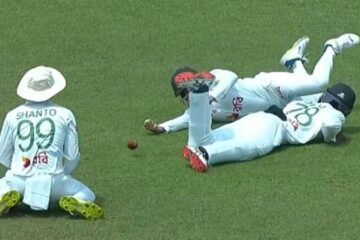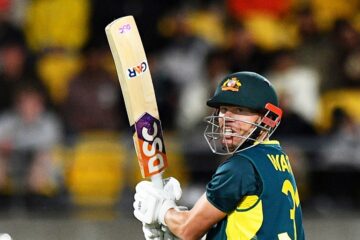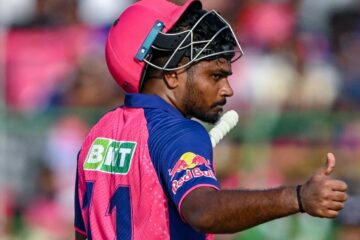The upcoming season of the Indian Premier League (IPL) will introduce a new Smart Replay System to improve decision-making efficiency. This system will feature eight high-speed cameras from Hawk-Eye strategically placed around the ground. Two Hawk-Eye operators will work alongside the TV umpire to provide real-time images for quick analysis. Unlike the previous setup, where the TV broadcast director acted as an intermediary, the new arrangement allows the TV umpire direct access to visuals from the operators, including split-screen views for a more comprehensive analysis.
This advancement in technology will enable umpires to make more informed decisions by providing enhanced clarity and multiple angles for various scenarios like caught behinds, leg-before-wicket decisions, stumpings, and low catches. A recent workshop organized by the BCCI for a group of umpires, including both Indian and overseas officials, aimed to familiarize them with this system for the upcoming IPL matches. The initiative reflects the board’s commitment to integrating modern technology into cricket officiating.
The Smart Replay System simplifies decision-making processes by offering detailed visuals from different angles. For instance, in a scenario where a fielder throws the ball resulting in an overthrow and boundary, the system can determine if the batters crossed each other when the throw was made. This information is presented to the TV umpire through high-speed camera footage, ensuring more accurate decision-making. The system aims to provide clearer visuals for fairer judgments, such as in situations like the 2019 World Cup final where the ball was deflected off a player’s bat.
Additionally, the Smart Replay System eliminates the need for the TV Umpire to rely on a director to transmit replays during DRS reviews. Instead, the TV umpire will directly receive visuals from the operator, streamlining the decision-making process.
Also Read:
Comparison of Prize Money in PSL, WPL, and IPL: In-Depth Analysis




